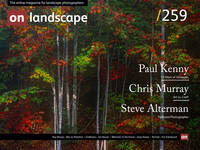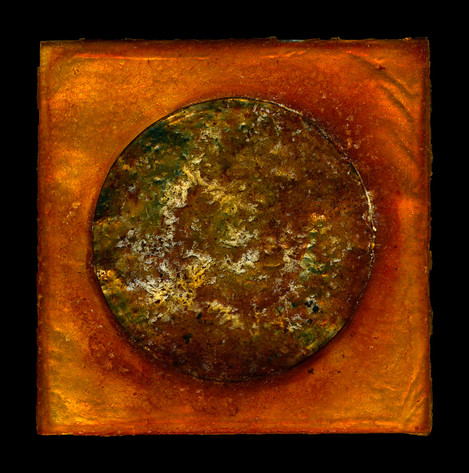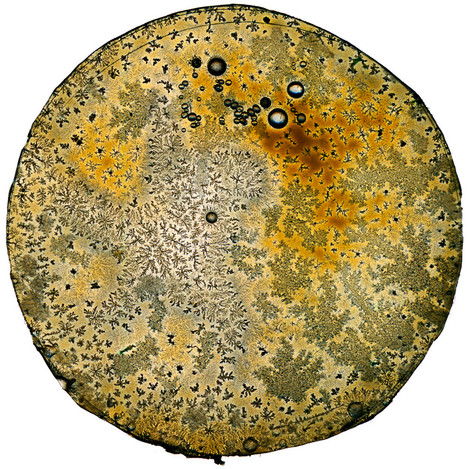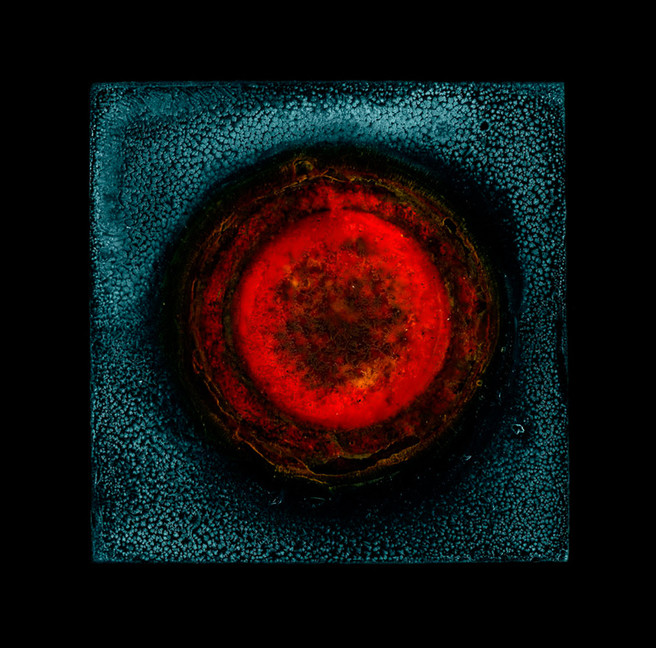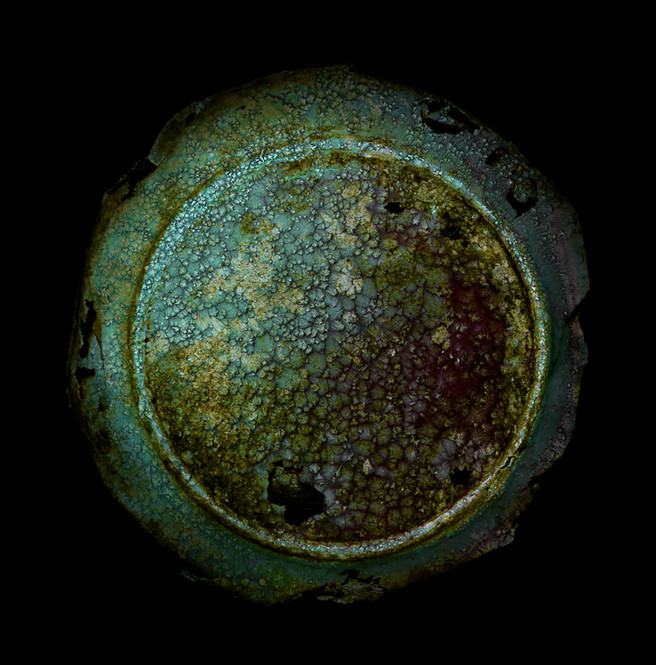Joe Cornish Gallery launch their summer exhibition

Paul Kenny
Born in 1951 and educated in Salford, Northwest England, Paul Kenny completed his Fine Art Degree at Newcastle upon Tyne in 1975. In 2004 he returned to North Northumberland where he now lives and works not far from the sea with his wife Margaret.
He has travelled to work in Japan, France and Ireland but the main focus in developing his unique vision were the remote beaches of Wester Ross in north-west Scotland and the Western fringes of the outlying Islands.
Since moving back to Northumberland the windswept beaches between Holy Island and Spittal have woven their way into his work,
In 2000 he was made a Fellow of the Ballinglen Arts Foundation and now, whenever possible, he spends time at their facility in North West Mayo, Eire.
He has work in some of the worlds major public and private collections including Deutsche Bank, Goldman Sachs, the V and A, the National Photography Collection and the National Gallery of Scotland.

Jo Rose
Jo Rose has worked as the curator at Joe Cornish Galleries since 2011. Prior to that she lived for many years in Helsinki and worked at Galleria Uusitalo and Galleria Nunes, where a broad variety of Finnish and overseas art was exhibited. Born and educated in York, Jo spent much of her early adulthood working and teaching overseas. She has a Bachelors degree in Humanities from Manchester Metropolitan University majoring in the History of Art and a Masters Degree in the History of Art from the University of Manchester, specialising in 20th century and contemporary art.
On the afternoon of Saturday 11th June a group of curious and like-minded people gathered in Northallerton to listen to Paul Kenny talk about his unique photographic practice. Paul's talk coincided with an exhibition of his Seaworks images which is running at Joe Cornish Galleries until 27 August.
With Joe Cornish present to introduce, question and organise proceedings, Paul surveyed his 50 year career, taking the audience on a journey through his mysterious and painstaking practice that has resulted in the awe-inspiring, strangely beautiful images that are on exhibition today.
The exhibition is entitled ‘Ten Years of Seaworks’ and the pictures on display were made between 2008 to 2018. Demystifying his way of working, travelling back in time to his first experience of early trips to the wilderness of the far north-west and his wonder at the power of the ocean, Paul explained how he slowly evolved a method of making pictures which both contained and reflected the creative destruction of the sea, eventually creating his work out of material collected on the beach.
Paul recounted that over 50 years he has moved from analogue to digital, from monochrome to colour, from working outside to working in a studio, from making paper prints to making lightboxes and from camera to scanner. The only consistent element has been his use of the ever-changing medium of photography.
Using a commission he undertook for the An Lanntair Gallery In Stornaway, Paul led us through his photographic practice. He detailed how a trip to Luskentyre Beach on Harris seeded in his imagination. Paul took the obligatory photographs of waves turning and sand patterns on the beach, but there was something more profound in his experience of the place. He showed us his collected material from the visit and how it eventually became a finished piece of work.
Paul’s practice is his response to the coastal landscape and watching the Atlantic Ocean roll the flotsam and jetsam of ages onto the far-flung beaches of that massive body of water. Paul started to glean from those beaches, and this extended to using beaches closer to his Northumberland home and on the West Coast of Ireland (where he now visits regularly as a Life Fellow of the Ballinglen Arts Foundation). His destination is always the strand line, the meandering mark of the highest tide, that turn of the water where what is delivered up by the sea remains beached on the sand.
And Paul started to do what the sea did. Experimenting with fragments of copper wire, fishing net, coca-cola cans and plastic oddments, and crucially, a bottle full of accompanying sea water, Paul started a process of placing and arranging his collected treasure of metal and plastic oddments on old 1mm thick bleached and cleaned 5”x 4” photographic plates. Those plates became a replacement for traditional photographic negatives. He slowly dripped the collected seawater over the arrangements. He scanned the resulting erosion and the intricate patterns of salt crystallisation, sometimes many times, sometimes for many months.
In his talk, Paul referred to the ‘cameraless negative’. ‘Cameraless’ being the apparatus he now uses, a flatbed scanner and ‘negative’ being the glass plate on which he places his collected detritus. A chance recommendation in the early 2000s by a technician/lecturer at Lancaster University, during his year’s Sci/Art residency, that he scan rather than traditionally develop black and white prints from these glass plate ‘negatives’, opened up whole new worlds of creative endeavour, of scale and colour; intense, natural colour.
Astounding, breakthrough images emerged from this exacting process. Images such as ‘Mappa Cheswick’ and ‘Iona sun’ replete with crystallising salt water and decaying metal filaments where incredible detail gives the lie to the fundamental, timeless shapes of the image’s composition. As Paul says, the universe is an amazing place and the never still process of change which Paul echos and captures has as its reference the abounding material cosmos.
Paul broke the rules of photography, he broke his own rules. He photographs not using a camera, he uses objects as negatives. He could be termed a site-specific artist or a sculptor of the minimal. But Paul calls himself a photographer and in the prints he creates, which start with ocean decay and end with Paul’s exacting interventions, the effect of time and process on particles of matter are on exhibition for everyone to see.
The exhibition '10 Years of Seaworks' by Paul Kenny runs at the Joe Cornish Gallery, 21st May - 27th August 2022.

